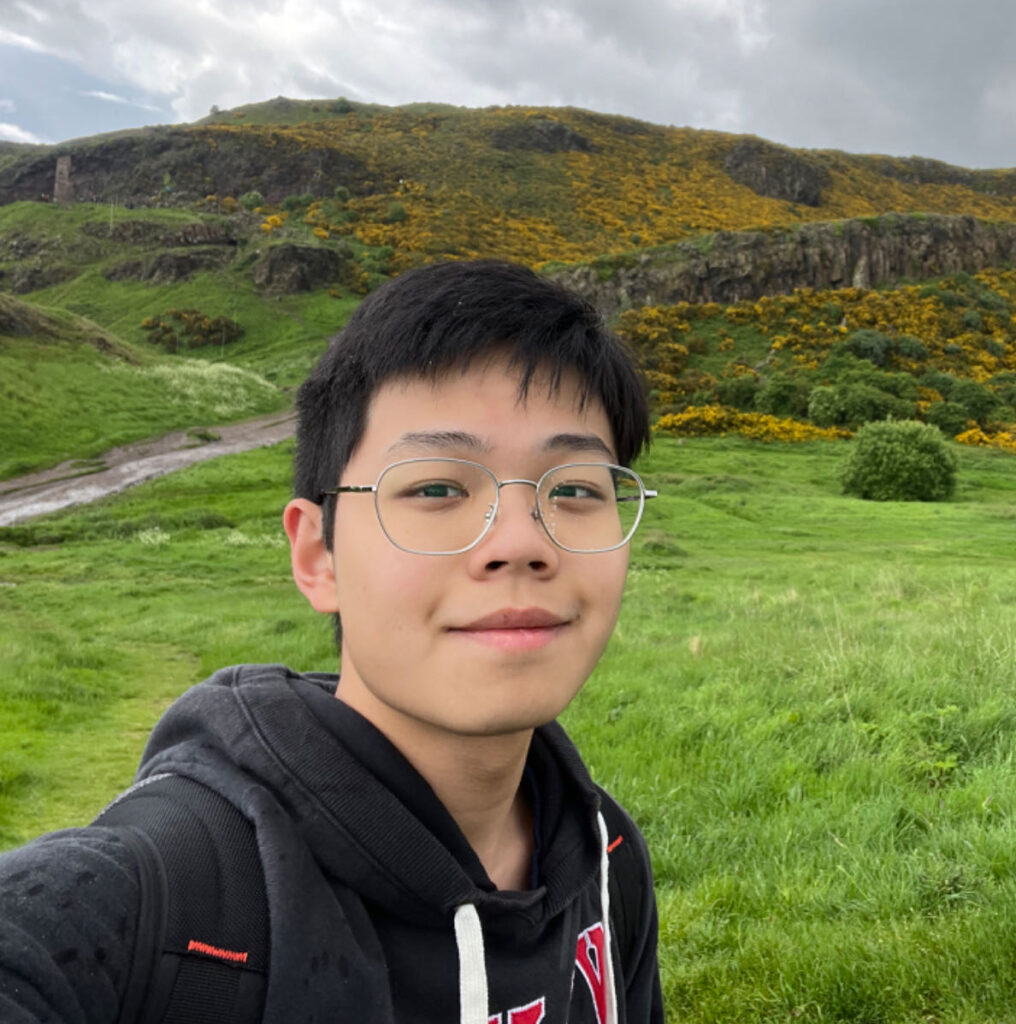Faculty Sponsors: Phil Arevalo & Erika Taylor
Live Poster Session: Zoom Link
Abstract: Lipopolysaccharide is a key component of the outer membrane of gram-negative bacteria, and Heptosyltransferase I (HepI) is a key enzyme in synthesizing LPS inner core. Recent research has identified HepI as a potential target for novel antibiotics. Previous studies have analyzed HepI in Escherichia coli and Haemophilus influenzae, but the HepI of the genus Vibrio, which includes several human pathogens, remains largely uncharacterized. We hypothesized that since the outer membrane is important for interactions between host and pathogen, pathogens may have specific HepI adaptations that allow them to succeed in the host environment. In this study, we first examined the relationship between pathogenic potential and HepI amino acid sequence among over 200 species within the genus Vibrio. We also narrowed our search to look for key mutations in HepI that differentiated pathogenic and non-pathogenic strains of Vibrio cholerae. We found that a single mutation in the C-terminal domain of HepI (T330M) may be more associated with pathogenic strains of V. cholerae. This mutation occurs in a region of HepI does not have a structural homolog in E. coli, and suggests that the region may facilitate pathogenesis in Vibrio.
Poster-Final_HepI-2

